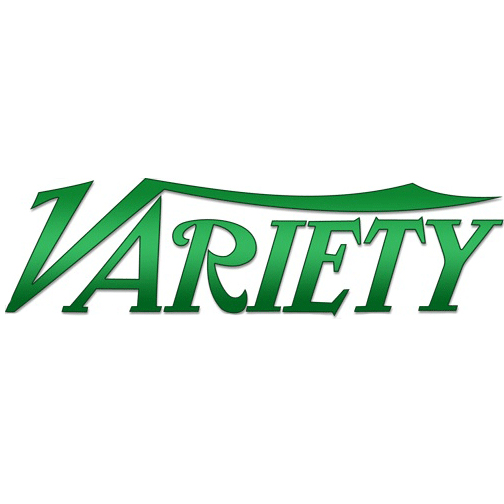Elsa Ramo on 4 Things Hollywood Writers And Their Reps Should Do Now That The WGA Strike Is Over

4 Things Hollywood Writers And Their Reps Should Do Now That The WGA Strike Is Over:
The WGA strike is over! But the negotiation is only just beginning for writers as they enter negotiations with studios over new shows and films, utilizing the wins in the new WGA agreement as a stronger starting point.
Those in the industry appreciate that scale is just that – the bare minimum. Therefore, writers and their representatives need to balance their stature in negotiating for improvements and the best deal possible for them. It is taking the “we” within the WGA fight to another place entirely: to the my-next-deal-better-be-better-kind-of perspective.
While one must study and familiarize themselves with the intricate increases and modifications to the WGA agreement, there are some necessary conceptual understandings that writers and their reps (agents, lawyers, managers, etc.) should adopt as they start to advocate for the singular writer making the deal. Here are the four things writers and reps should address now that the WGA strike has resolved:
It’s Just A Jumping Off Point For Negotiations
In the great words of the titular Cher in the 1995 teen comedy, Clueless, the new WGA agreement is simply “a jumping off point to start negotiations.” And that is exactly how reps and writers will treat this new baseline. These are the minimum terms of engagement but with any sort of leverage point, reps and writers should push for more upfront fees, more protected working conditions, and any other stipulations that echo Cher’s other classic quote: “As if!”
Obviously, the more well-known writers that are coveted have the most leverage, but leverage can come in different forms. For example, with the six-month delay of the strike, studios and networks have been in an extended suspension period and will need to make up for lost time. That means that even newer writers have leverage on the very supply and demand of staffing experienced and competent writers for rooms where there are multiple projects ramping up at the same time.
The other leverage point is that some lead showrunners could potentially have a pre-existing relationship with a staff writer (whether they worked on another show together, studied at USC together — pick your affinity bias here.) Regardless of how that connection began, it allows for some leverage to at least improve the writer’s deal. Sometimes the leverage is simply a combative assertive rep who has no shame in their game to push (or charm) for as much as possible.
Forbes Daily: Get our best stories, exclusive reporting and essential analysis of the day’s news in your inbox every weekday.
AI Parameters Must Be Established
While the studios and networks cannot dilute the writer’s credit under AI, the parameters of AI between the writer and the studio will still need to be established with each engagement. The utilization of AI in writing is still somewhat abstract.
For now, AI may be a tool to propagate broader ideation but more than likely, it provides words on the page that are an AI perspective on how best to address an emotion, type of industry or exchange providing a deeper input beyond the sphere of the writer’s brain. Some writers may want to steer clear of any AI utilization and will be unwilling to ask for or want to utilize AI.
As with most technology, younger emerging writers may be more adaptable to exploring how AI may also be able to enhance and add value to their process. In that regard, reps will conservatively permit writers to explore the boundaries of AI and studios will see what the writer may want to use.
However, the immediate issues that may arise are where the liability will fall and if the script is vulnerable to more legal claims around AI use. Who becomes liable? The studio that permits AI or the writer using it?
The WGA agreement opened the door for better transparency and disclosure from the streamers on views, subscribers and other data that the talent community has only received in a censored need-to-know construct. While the data transparency may lend itself to better improvements in the WGA agreement down the road, the more immediate benefit is how writers (and other talent) will take this data and attempt to evolve and improve bonuses and payments around measurable points of success in the streamer world.
This may result in bonuses around the top 10 most viewed programs on a platform, or perhaps in content that peaks at specific times of low engagement or maybe even warrants a binge bonus. With the measurements of how streamers perform, the landscape of new bonuses is wide open.
The Trojan Horse
While the WGA agreement addressed many lingering issues and frustrations for the past decade, the disruption and shift of content models is already occurring, and the WGA does not have a crystal ball.
While the issues around streamer residuals and AI have been fought hard with sound conclusions, the fact is the motivation behind content is becoming fractured across studios and streamers. For instance, AmazonAMZN +2.1%, on the one hand, is used for ordering toilet paper with a Prime membership, with entertainment content as its secondary service.
NetflixNFLX +2.8% is now pivoting to an advertising model even though the participation in advertising revenue with talent is still largely reliant on a tv model from over two decades ago. And the future of Warner Bros. Discovery, Disney+ and Paramount+ is not quite clear as these behemoths are curating their next strategy with a clear indication that legacy IP and quality over quantity seems to be the consistent mandate – at least for now.
But what does that mean for the writers and their reps? It means they cannot simply rest on the fight that led to the WGA agreement. The talent community needs to collectively understand and forecast where the value is for these various streamers and studios.
For some studios and streamers, the value may be in high-praise content and the destination awards and accolades. For others, it may be about a bottom-line measurable profit on a piece of content. And beyond that, it may be about the content lending itself to a bigger merchandising and branding play. With diversified objectives, the motivation to pay more either up front or on the back end may be a varying landscape of bonuses depending on a streamer or studio’s agenda.
The world wants their new shows and movies, as do writers and their reps, so let the negotiations begin!
View this article at Forbes.

 Previous Post
Previous Post